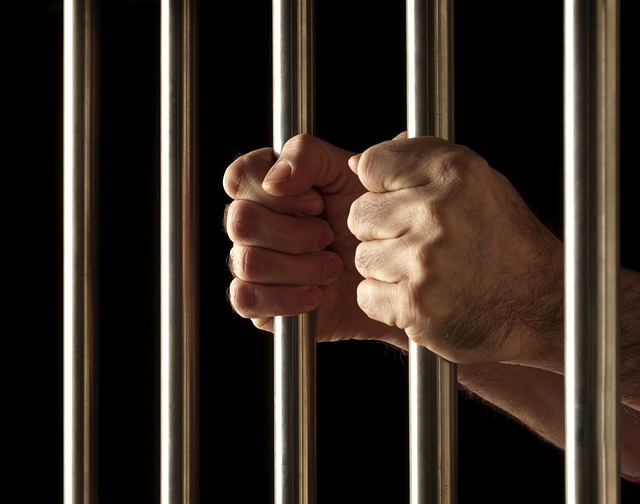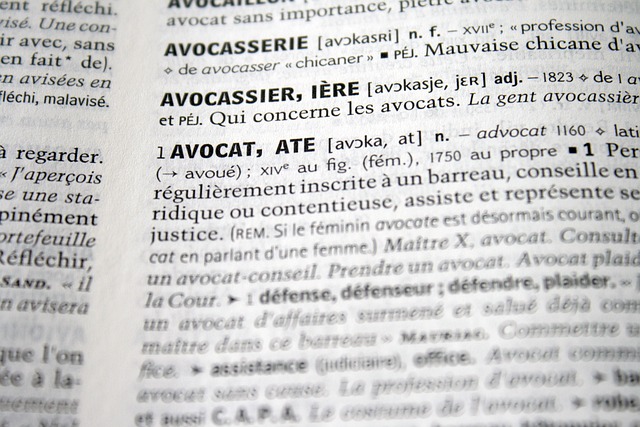Understanding your rights during field sobriety tests is crucial for ensuring procedural fairness in DUI/DWI cases, with updated legislation tightening driver entitlements. Standardized protocols, advanced technologies like portable breathalyzers and balance assessment devices, and standardized tests like Walk and Turn and One-Leg Stand improve accuracy and reduce human error. Individuals must know their right to remain silent, refuse questionable tests, and request a neutral observer to protect against legal consequences. Future advancements in technology, including sensors and data analytics, aim to enhance justice and close legal loopholes, with transparency key for public trust.
In today’s digital era, understanding the intricacies of field sobriety tests is paramount for both legal professionals and drivers. Loopholes in current systems often create significant gaps, leading to concerns over accuracy and fairness. This article delves into crucial aspects, including a legal perspective on field sobriety tests, common loopholes, and their impact on drivers. We explore advanced testing techniques, technologies, legal implications, and rights during these evaluations, while also looking ahead to future prospects for continuous improvement and transparency.
- Understanding Field Sobriety Tests: A Legal Perspective
- Loopholes in Current Systems: Uncovering Common Gaps
- The Impact of Loophole Closing Measures on Drivers
- Enhancing Accuracy: Advanced Testing Techniques and Technologies
- Legal Implications and Rights During Field Sobriety Evaluations
- Future Prospects: Continuous Improvement and Transparency
Understanding Field Sobriety Tests: A Legal Perspective

Field sobriety tests are a common practice during traffic stops, aimed at assessing a driver’s potential impairment. These tests, often involving balance, coordination, and reaction-time exercises, play a significant role in legal proceedings, particularly in DUI (Driving Under the Influence) cases. Understanding the mechanics of these tests from a legal perspective is crucial for both law enforcement officers and individuals facing charges to ensure rights during field sobriety tests are protected.
Officers must administer these tests according to standardized procedures, ensuring consistency and minimizing potential biases. This includes explaining each exercise clearly and allowing adequate time for the driver to demonstrate their abilities. Any deviation or failure to follow protocol could compromise the admissibility of test results in court. Individuals subjected to field sobriety tests also possess certain rights; they have the right to refuse participation, though doing so may come with consequences like license suspension. It’s vital that drivers are aware of these rights and understand the legal implications of their actions during such tests.
Loopholes in Current Systems: Uncovering Common Gaps

The Impact of Loophole Closing Measures on Drivers

When loopholes closing measures are implemented, one of the primary groups to feel the impact is drivers, particularly those involved in field sobriety tests. Historically, some legal loopholes have allowed individuals to challenge and evade charges during these critical assessments. However, with updated legislation and stricter protocols, rights during field sobriety tests are being more closely scrutinized and limited. This shift ensures that officers have enhanced tools to identify impaired driving, thereby enhancing road safety.
Drivers now face tighter restrictions, such as a reduction in the ability to refuse certain test requests and increased consequences for non-compliance. These changes reflect a concerted effort to close gaps that could potentially compromise public safety. As a result, drivers are expected to exhibit greater responsibility and adherence to procedures aimed at preserving their rights while ensuring a fair and accurate assessment of their sobriety.
Enhancing Accuracy: Advanced Testing Techniques and Technologies

In the pursuit of justice, enhancing accuracy during field sobriety tests is paramount to ensure fair rights for all individuals. Advanced testing techniques and technologies play a pivotal role in achieving this goal. Modern tools like standardized field sobriety test protocols, which include well-defined steps and specific criteria, help reduce subjective interpretations, making assessments more consistent across different officers. For instance, the Walk and Turn and One-Leg Stand tests, when administered correctly, can effectively gauge impairment.
Additionally, technological innovations such as portable breathalyzers and advanced balance assessment devices contribute to heightened accuracy. These tools provide objective measurements, reducing the potential for human error or bias. By integrating these advanced methods, law enforcement agencies can improve the reliability of sobriety assessments, ultimately leading to more just outcomes during legal proceedings where rights during field sobriety tests are paramount.
Legal Implications and Rights During Field Sobriety Evaluations

During field sobriety evaluations, individuals face significant challenges in asserting their legal rights. These tests, often used by law enforcement to assess impairment, can be subjective and prone to misinterpretation. The right to remain silent is crucial; individuals should know that anything they say can be used against them in court. Additionally, the accuracy of field sobriety tests has been questioned, with studies showing varying levels of reliability. Thus, it’s essential for drivers to understand their rights, including the right to refuse certain tests if they feel uncomfortable or believe the procedures are unclear.
Knowing one’s rights during these evaluations is vital for protecting against potential legal consequences. While officers may inform suspects of their Miranda rights, which protect against self-incrimination, additional specific rights related to field sobriety tests should also be communicated clearly. This includes the right to have a neutral observer present and the right to refuse certain types of tests if there’s doubt about their validity. Understanding these rights empowers individuals to navigate such situations more effectively.
Future Prospects: Continuous Improvement and Transparency

As technology advances, future prospects for closing legal loopholes and enhancing justice look promising. The integration of innovative tools during field sobriety tests can significantly improve accuracy, ensuring law enforcement agencies make fair assessments during traffic stops. For instance, utilizing advanced sensors and data analytics to monitor suspects’ physiological responses can provide more objective evidence, reinforcing the validity of test results. This approach respects individual rights by reducing subjective interpretations, which have often led to disputes in court.
Transparency is another key aspect that needs emphasis. Making the testing procedures and data collection methods accessible to the public will foster trust in the system. By promoting transparency, there’s a greater chance of identifying potential biases or inaccuracies early on. This continuous improvement cycle ensures that rights during field sobriety tests are upheld, and any gaps are promptly addressed for a more equitable legal process.
As we’ve explored the intricacies of field sobriety tests, it’s clear that closing loopholes is vital for enhancing accuracy and ensuring justice. By addressing common gaps in current systems and adopting advanced testing techniques, we can improve overall effectiveness. Furthermore, strengthening legal implications and respecting rights during these evaluations is essential to maintaining fairness. Looking ahead, continuous improvement and transparency will be key to refining the process, ultimately contributing to safer roads and more accurate outcomes for all drivers.






